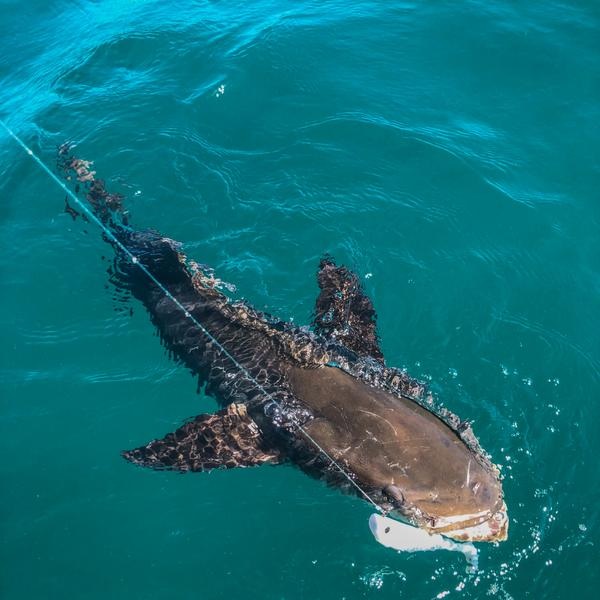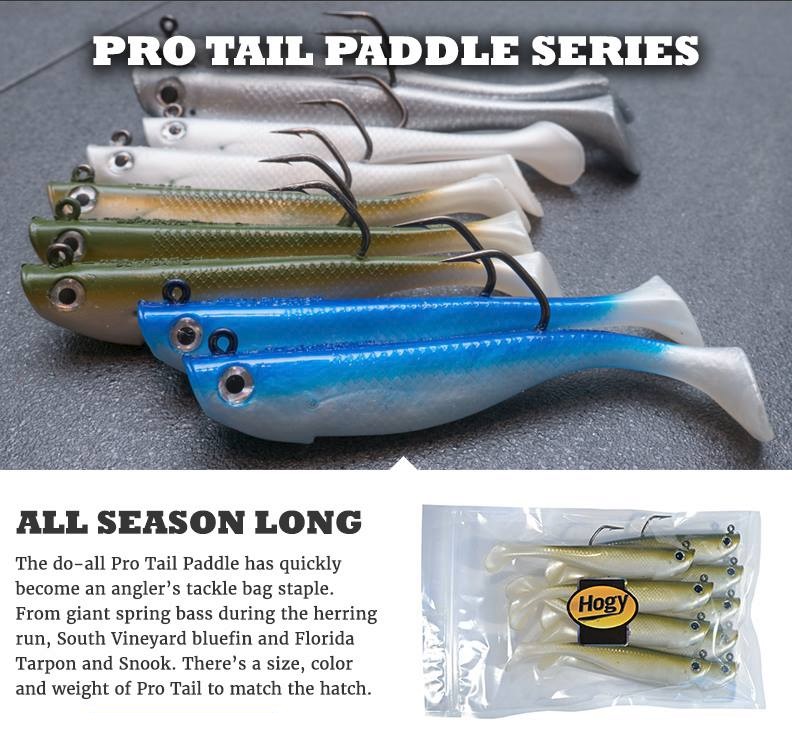 Tips for Catching Cobia On Manta Rays – Capt. Scott Lum www.centralfloridacharters.com
Tips for Catching Cobia On Manta Rays – Capt. Scott Lum www.centralfloridacharters.com
- If possible try to approach the ray slowly, positioning the boat parallel to the ray casting across the ray instead of approaching the Ray from behind.
- It’s easier to make long casts well ahead but in line with the ray and reel your lure fast on the surface until it’s where you want it then drop it down to the fishes level.
- If you make a bad cast, immediately reel back as fast as you can and recast because the ray could spook and go down.
- If you make a bad cast where you think the ray will swim into your line, open your bail or free-spool until the ray swims past, hopefully avoiding snagging the ray and losing your lure.
- Small cobia are fast and aggressive while bigger cobia can be less eager and weary, If you see a pack of small cobia on a ray with some larger ones tight to the ray, have one person cast to draw the small fish away while another angler casts back to the larger fish still with the ray.
- When ray fishing for large cobia use heavy tackle so you can stop the fish from swimming back under the ray and cutting you off.
- If you can not see cobia on the rays back you’ll need to cast slightly past and ahead of the ray so you can work the lure under the ray hopefully drawing out a cobia from underneath, often these fish are bigger, smarter and less likely to go far from the ray before losing interest and swimming back under the ray.
- When casting to a specific fish only cast one lure at a time as this can confuse the cobia, instead have someone ready to back you up.
- Try to work the lure across the fish’s field of vision and avoid casting the lure ahead of the fish working the lure at the fish as it is not natural for the prey to attack the predator.
 4 Types Of Ray Behaviour
4 Types Of Ray Behaviour
Look for areas with lots of sea life, baitfish on the depth finder, birds diving, spinner sharks, false albacore, often around shoals where upwellings occur bringing nutrients up from the bottom.
- Jumping rays usually a long distance away.
- Subsurface rays just below the surface.
- Surface or barging rays with their backs out of the water
- Deeper rays around 3 to 5 feet down often doing circles feeding on plankton.
If you find a ray try to run the boat slowly working the area, impatiently running the boat’s engine at higher rpm’s tends to drive rays down.
More Saltwater News: https://www.odumagazine.com/topics/fishing_saltwater/
Primetime for rays to surface is between noon and 5:00 pm.
Scott’s Gear List:
Rod: Shimano Teramar 8’ MH
Reel: Penn Spinfisher V 5500
Line: 65# Cortland MasterBraid
Leader: Seaguar STS Salmon Fluorocarbon 60#
